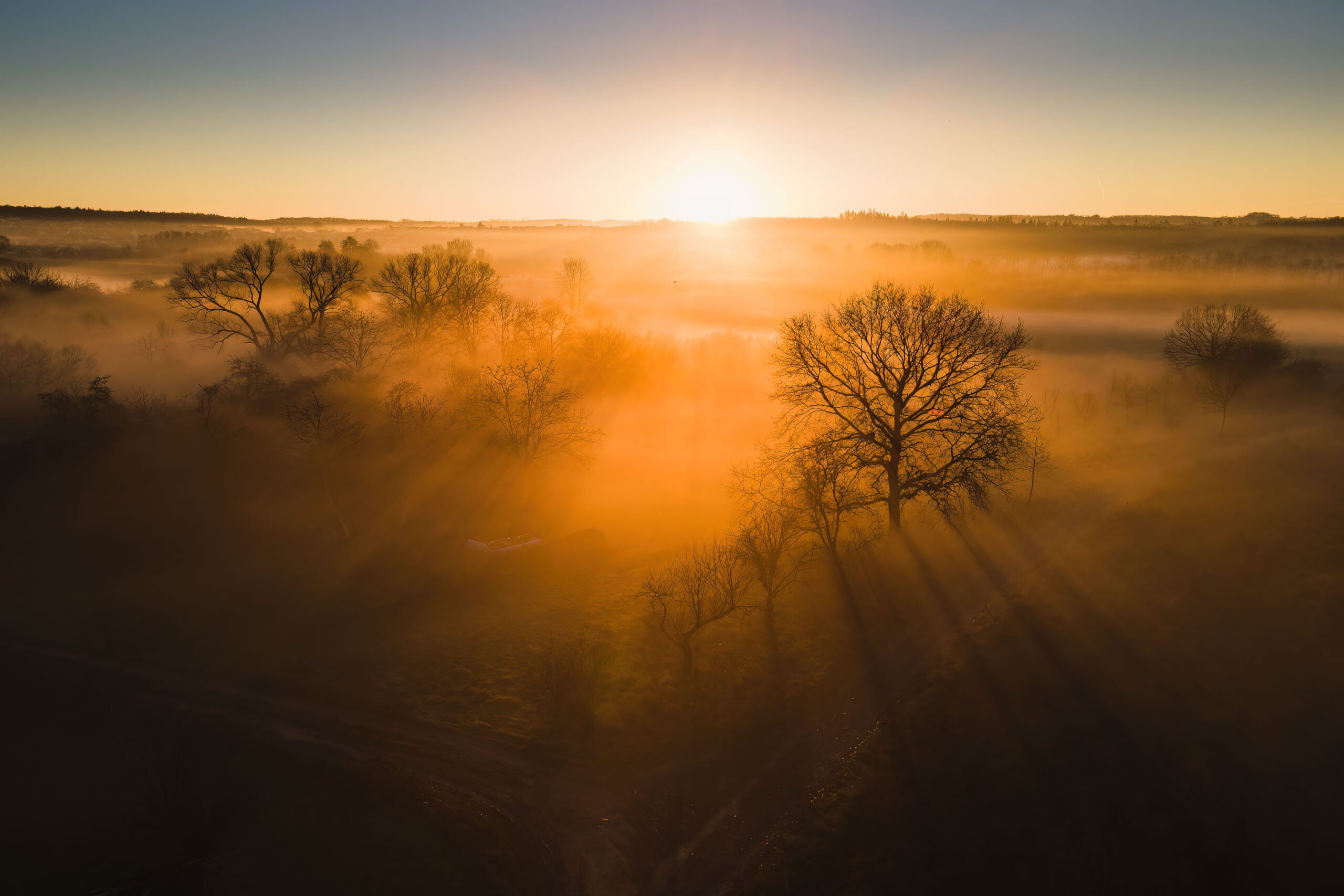
If you don’t feel like reading, you can find the VLOG to the BLOG at the bottom of this page. You can access it directly via this button:
Gear:
Sony a7IV
Sony FE 2.8/16–35 mm GM
Sony FE 4/24–105 mm G OSS
Sony FE 100–400 mm GM
DJI Mini 3 Pro
Maybe you know this situation. You’ve been out and about, taken some photos and you’ve managed to capture a lot. You come home full of euphoria, show the pictures to your friends and acquaintances or post them on Instagram. But then you realize that hardly anyone shares your enthusiasm about your pictures. After a few weeks or months, you are no longer as convinced as you were on the first day. Why is that?
Even though it is now easier than ever to operate a camera and take a picture, it has not become any easier to recognize the most convincing images among all the shots. On the contrary, the increased number of images made possible by digital technology actually makes this more difficult. The pile of digital files is growing immeasurably and the number of good photos is dwindling in comparison.
However, the ability to pick out the best pictures from a series of images is one of the key skills that sets photographers apart from other photographers. How can you learn this, what can you look out for, what are possible criteria? That’s what this blog is about.
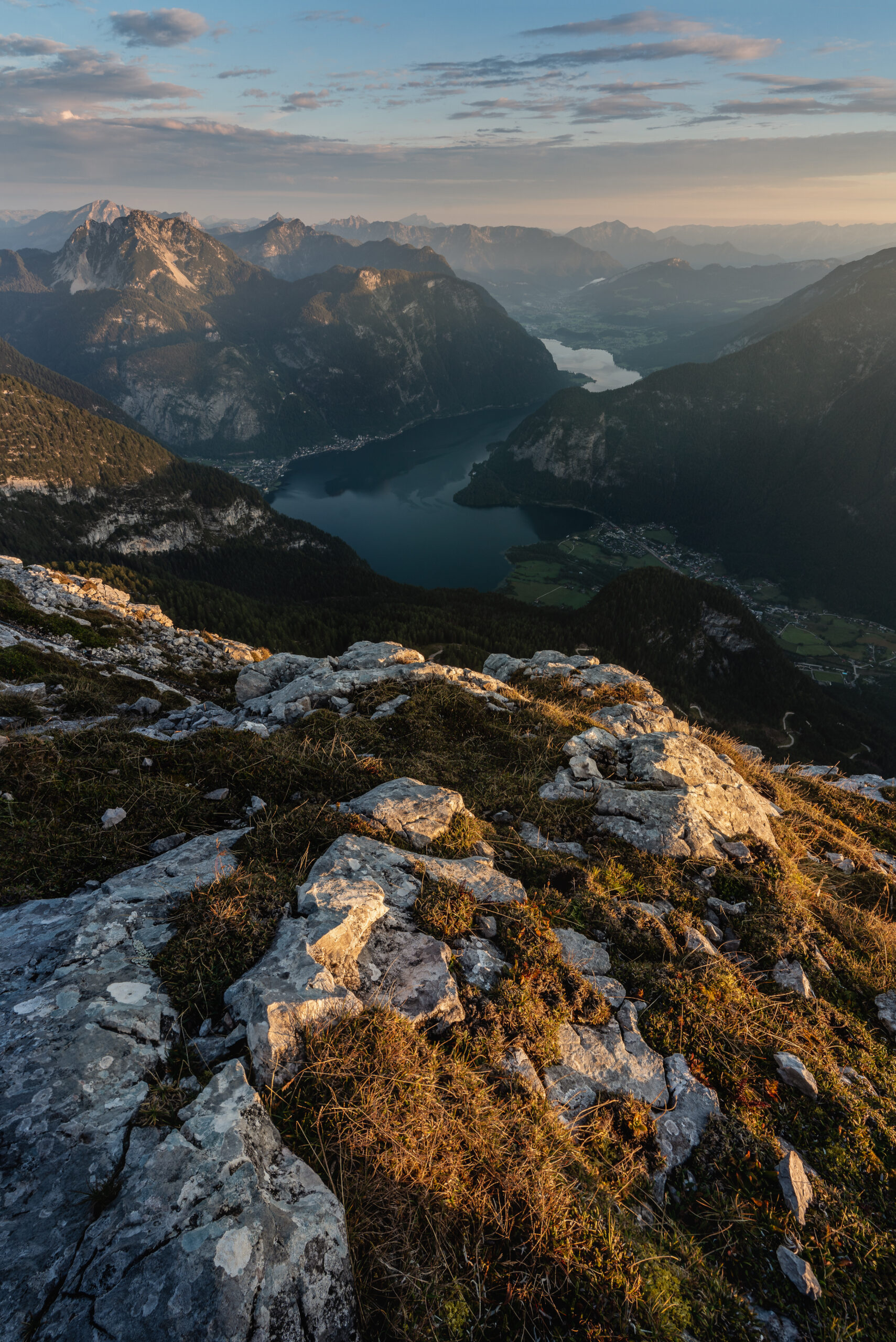
For many of us, choosing our most compelling images is a difficult task that requires patience, open-mindedness and thought. Even the most experienced photographers have to break down blocks that prevent them from seeing their photos clearly, because no two shots are the same.
First things first. An evaluation, an analysis or even the curation of a photo or photographic work can never be one hundred percent objective. This is also the reason why a team of judges is always used in large photo competitions and normally never a single photographer. But I will go into this in more detail later.
There are several levels on which to view and evaluate a photograph. The purely technical. For example, is the subject in focus, does the depth of field or the exposure time match the desired image effect or result. Here, a certain amount of blurring may well be desired by the photographer. In landscape photography, however, we usually aim for sharp photos. Exceptions such as ICM photography or making movement or wind visible are of course exceptions. Also the creative play with depth of field. Beginners often concentrate very strongly on these technical aspects in particular.
More important than these purely technical aspects are the content aspects. At least for most viewers who did not take the photo themselves. In many competitions, technically correct execution is the minimum requirement for participation and further consideration of the images by the jury. However, content-related aspects in competitions will gradually bring you onto the shortlist and possibly one or two selection rounds further.
Now, what are aspects of content and how can I analyze my photography in this respect?
Terry Barrett, an American art critic who specializes in the analysis of photographs, has summarized this in a formula:
Topic + design + medium + context = content
I would like to briefly break down the 5 points for you.
Topic
First of all, we take a sober look at “What is depicted, what can be seen?”. This can be a main motif or several picture elements that are more or less connected to each other. The edges of the picture should also be considered, as well as the question of “What is not visible?” or “What may have been deliberately placed outside the frame of the photo?” are questions that can be asked here.
Design
When designing, we look at the “How has the photo been executed or constructed?” We can consciously look for compositional picture elements. Are there patterns, diagonals, triangles, leading lines and so on? Has the rule of thirds or the golden ratio been used? Where is the motif placed, where are other elements? Is there a classic layer structure or has the foreground been deliberately omitted, for example? All of this can be relevant to the content of the photo.
Medium
On the one hand, the medium can be the recording medium, i.e. “What means and methods were used?” and on the other hand the presentation media, i.e. “What are the photos displayed or executed with?”. Which camera, lenses were possibly used, if this is known. Which focal length can usually be roughly estimated. Was it shot digitally or on film? Where does the presentation take place — in a magazine, illustrated book, on a website, at a lecture on a projector, printed on artistic paper? In many competitions, the presentation medium is of course omitted, as a very specific data format, resolution, etc. are usually prescribed.
Just as an aside, I would like to mention that today, unfortunately, images are often mainly presented and photographed for Instagram, where they have to adhere to a certain format and can usually only be seen on small screens on cell phones. This in turn requires different criteria from the photographer when taking the picture. Whether this is good or bad is open to debate. But that’s going too far at this point. I think you shouldn’t let it influence your own photography too much.
Context
We then look at the conditions or circumstances under which the photo was taken. Is there a story behind it? What was the photographer’s intention? A photograph can also be shaped by influences of the photographer that go beyond his intention and conscious attention. In other words, he was not even aware of it when he took and edited the picture.
Minor White once said appropriately: “Photographers often take better pictures than they realize.”
Contents
The points mentioned above now lead to the interpretation of the content, i.e. “What story does the photo tell?”. When looking at the motif, design, medium and context of the photo, conclusions are drawn about the content of the photo. The visual representation can be expressed in words, so to speak. We often recognize the meaning of a photo intuitively. But if we take the time to analyze the photo, it will often give us more insight into the photo itself and what the photo or photographer is trying to express. Learning to analyze photos will ultimately help us to take photos. Understanding the visual language is just as important for creating a photo as analyzing the finished photo.
Not every photo contains complex content. Landscape photography in particular is rarely about very specific content. But we’ll come to that in a moment.
Edwart Weston, for example, maintained that an object can only be photographed for its own sake. Minor White claimed that you could photograph an object for its own sake, but that you could also record and interpret what else might be behind the object. And Alfred Stieglitz believed that you could photograph an object with the intention of triggering an emotional response.
Regardless of what level of analysis the photographer or viewer is aiming for, it is clear that developing visual literacy will reward us with a richer experience when creating and viewing photographs.
This also makes it clear that the story that may be interpreted in a photo is also shaped by the person looking at it. Subjective perspectives, experiences, one’s own world view and values naturally lead to different interpretations. And therefore also evoke different emotions.
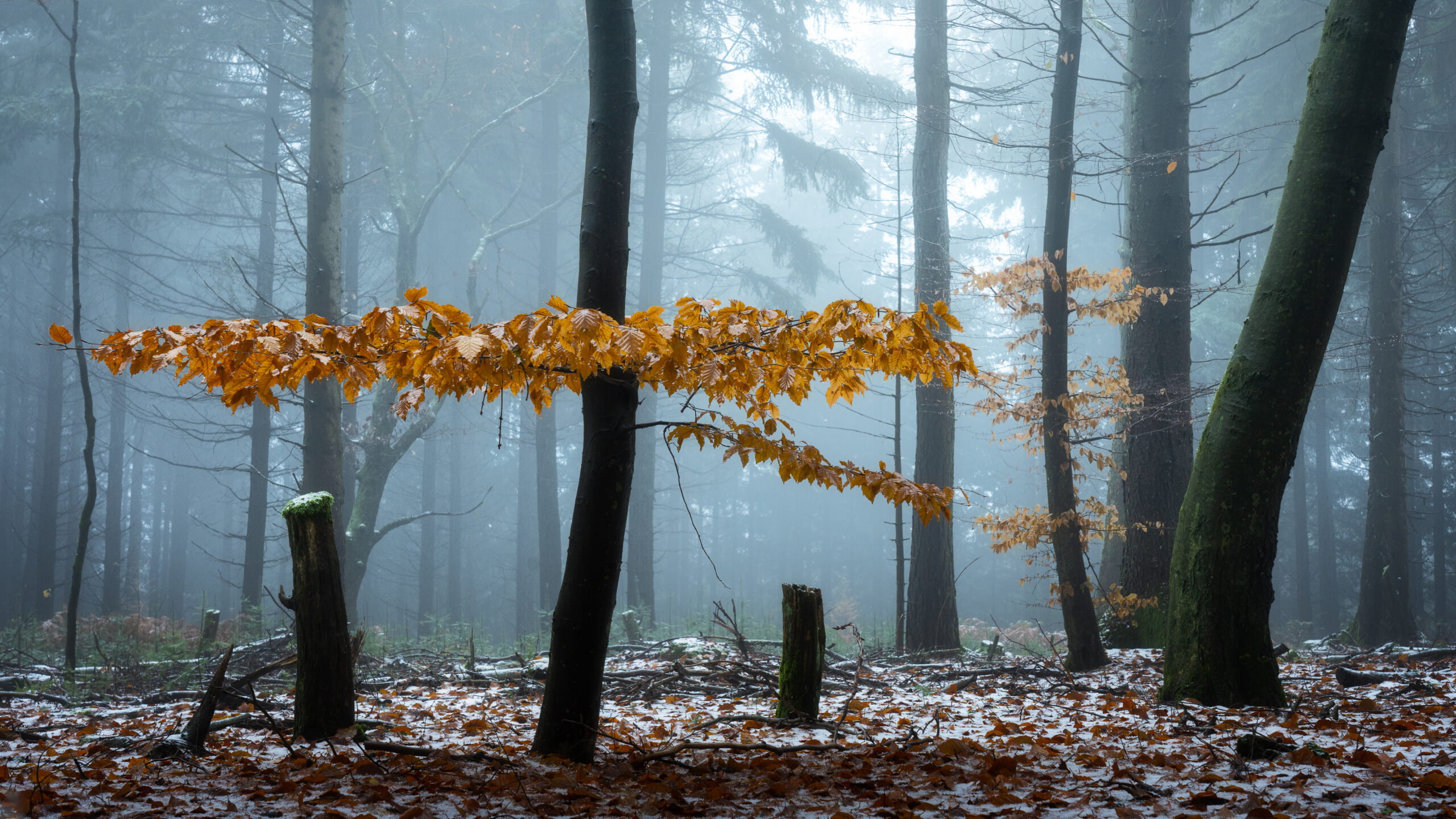
This and all other shots of this post you can request under “Prints” as an art print for your wall at home directly from me.
This brings us to a third point, in addition to the purely technical and content-related aspects, the emotional aspects. All of us, otherwise we would probably not pursue this hobby, are largely motivated by a passion, so it is a particular challenge to overcome our subjectivity to determine which photos are the strongest.
Especially in landscape photography, which is very much dependent on the seasons, times of day and weather, the content of the photograph is more a kind of reflection of the character or magic of a place in special light or special weather, coupled with the photographer’s point of view. In landscape photography, we convey a mood rather than a specific statement. We therefore try to arouse the interest of the viewers of our photos even more on an emotional level.
Of course, there are also fluid transitions here and in landscape photography, there are also those who make documentary, aesthetic or disturbing statements with their photos, for example by depicting the changes in nature caused by human influences.
By the way, emotions are purely subjective, but as already mentioned, I consider a purely objective view to be almost utopian. That’s why different standards will always be necessary and applied for documentary or reportage photography than for landscape photography. This is due to the differences between the genres. A photo competition that does not separate such genres from one another is dubious in my eyes. Pictures from different genres cannot, or at least can hardly, be compared with each other.
We’ll get to the topic of “Rating your own landscape photos” in a moment, but first I’d like to ask you to give it a thumbs up if you’ve already enjoyed it so far and have learned something.Also, don’t forget to subscribe to my channel if you haven’t already!Every single subscriber really means a lot to me, thank you all so much!
Zum Thema „Bewertung der eigenen Landschaftsfotos“ kommen wir gleich, aber vorher möchte ich euch bitten, einen Daumen hoch zu geben, wenn es euch bisher gefallen hat und ihr etwas gelernt habt, und vergesst nicht, meinen Kanal zu abonnieren, falls ihr das noch nicht getan habt.
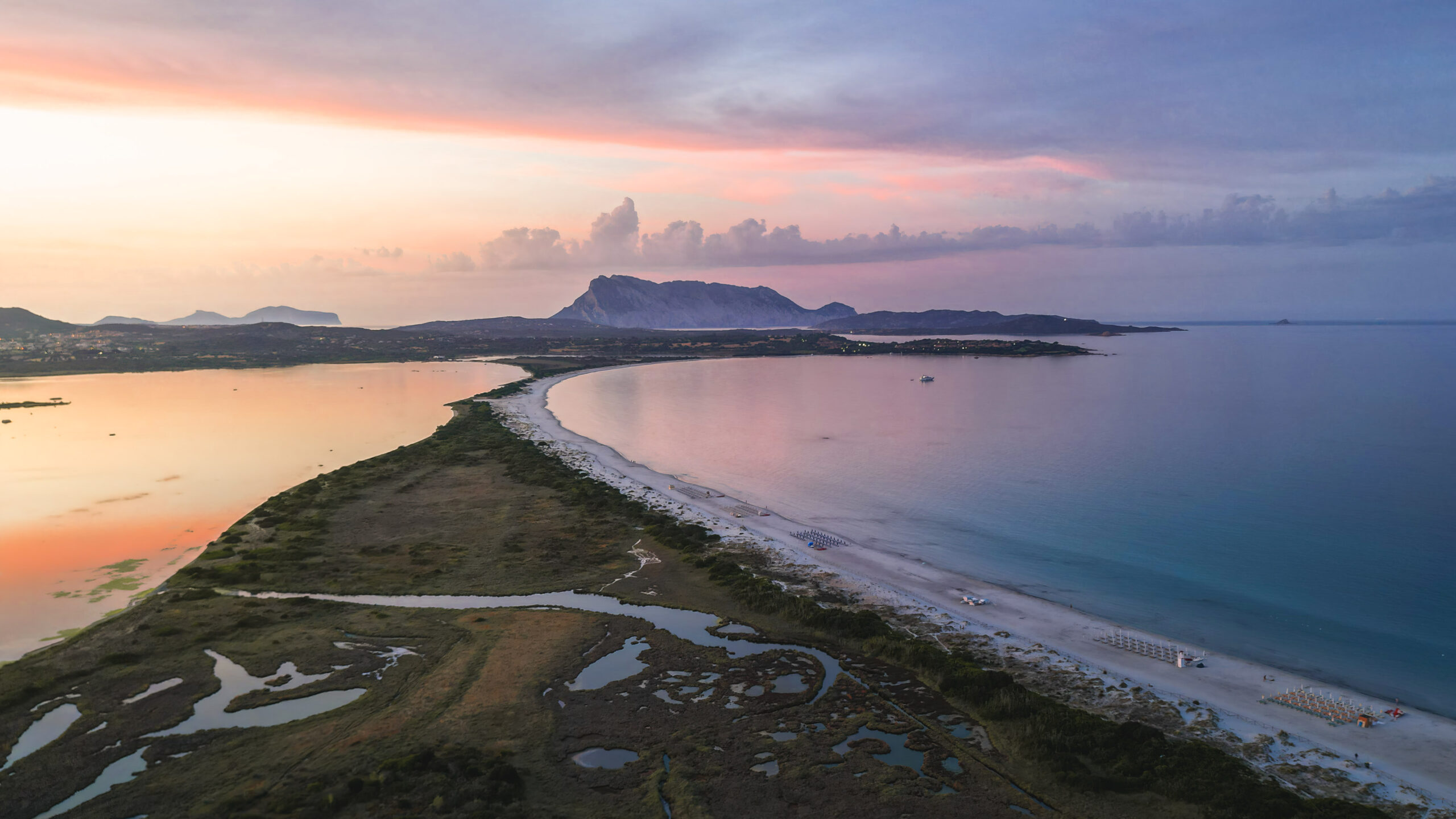
In order to be able to look at our own photos more objectively, we must at least try to detach ourselves from the emotions that are undoubtedly burned into our natural hard disk up here. That alone is difficult. That’s why we try to analyze our own pictures according to certain criteria. But even with the help of these, individual preferences and aesthetic preferences remain. Always be aware of this, even if you comment on or “rate” other people’s pictures on social media.
The easiest are what I call the “hard criteria”. Image composition, exposure, sharpness, perspective, etc. These points can still be assessed quite simply on the basis of the facts.
Image composition
Try to be clear about the arrangement of the elements in the picture if you have not already done so when taking the picture. Are they in visual balance? Do you see patterns, lines or similar? Where is the viewer’s gaze directed?
Exposure
Was the exposure correct? Are there any burnt-out areas or areas that are too dark and can no longer be saved? Anything you can still capture with post-processing should be okay for now.
Sharpness and focus
The subject must be sharp and in focus in all cases. Depending on the image composition, check the sharpness from the front to the back of the image. Images with blurring and unintentional out of focus can be discarded immediately.
Farben und Kontraste
Wo sind die stärksten Kontraste im Bild? Wo der hellst, wo der dunkelste Fleck? Hat dies Einfluss auf den Betrachtungsfluss? Der Mensch schaut unweigerlich zu den hellsten Flecken, oder denen mit den größten Kontrasten. Nutzt das, um den Blick zu lenken. Welche Farben sind vorhanden? Wie stehen sie in Beziehung? Komplementär, Monotonal, etc.
Perspective
Hat die Höhe, Neigung, der Kamera gepasst? Auch die Brennweite? Allein mit diesen 3 Parametern kannst du so viele unterschiedliche Bilder aufnehmen. Wenn du hiermit experimentierst und später am Bildschirm analysierst, kannst du viel Lernen. Wählt von einem Motiv oder Szene nur das eine Bild, in der euch die Perspektive am besten gepasst hat.
Uniqueness and originality
Ich denke das ist immer ein Ziel für Fotografen, den eigenen Stil und die eigene kreative Note in Bilder einzubringen. Wir alle wollen einzigartige Landschaften und seltene Momente festzuhalten. Gerade bei ganz bekannten Locations gibt es häufig die eine Komposition, für die sie bekannt ist, aber wenn ihr das Bild gemacht habt, versucht auch euer eigenes Ding. Versucht eure Kreativität herauszufordern. Bewertet zu Hause in Ruhe ob euer Shot nicht vielleicht sogar mehr euer Tun oder euren Stil widerspiegelt. Wenn eine Aufnahme dabei ist, die nicht den Standard-Shot zeigt, sondern das Motiv auf eure eigenen besondere Art und Weise zeigt, dann wählt die aus und überrascht die Betrachter.
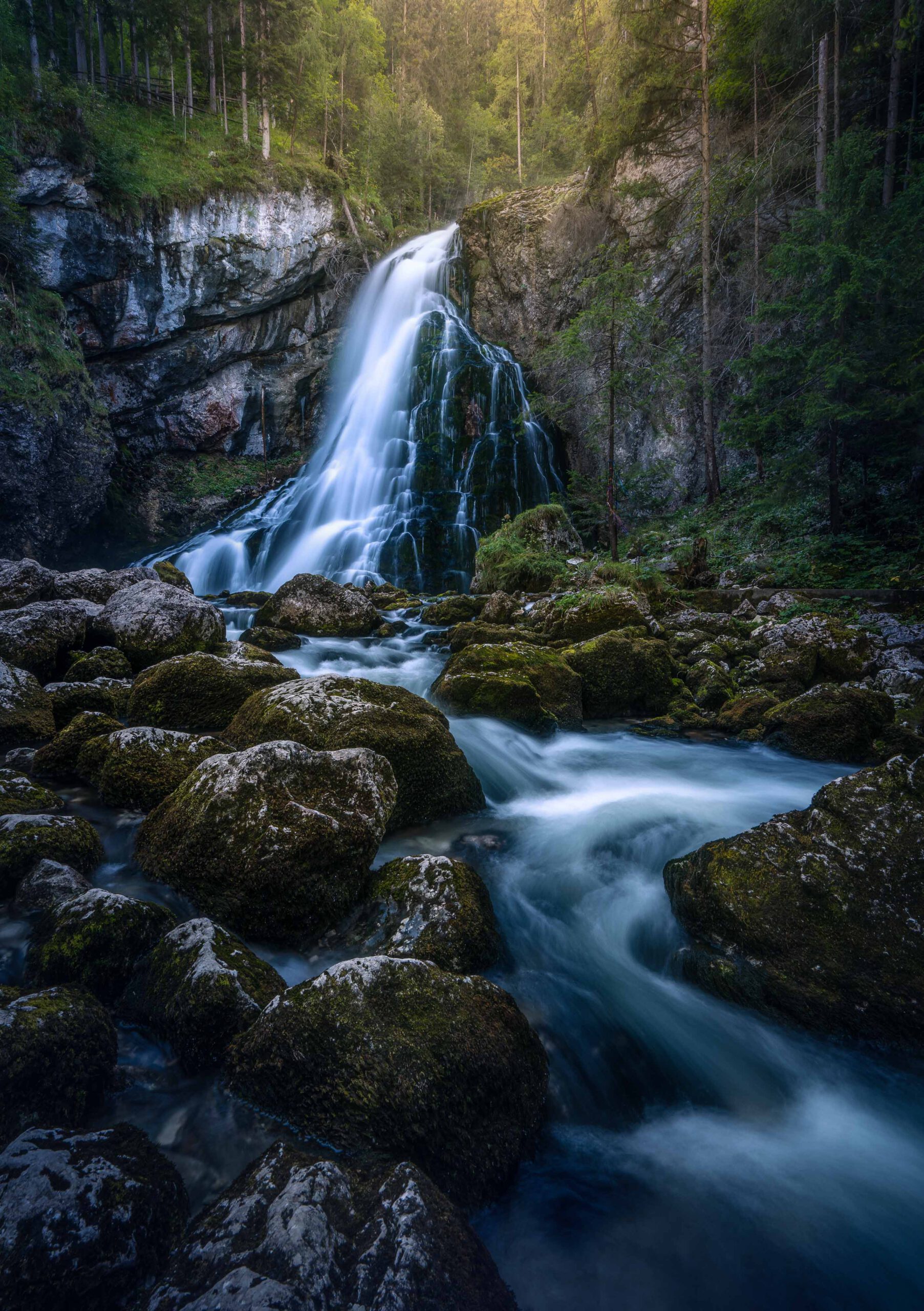
Somewhat more difficult to classify, especially if you have to force yourself to remain objective, are softer criteria, such as image statement & intention, to evaluate your pictures.
Image statement
Ask yourself what message or emotion you want to or will convey with your picture. As already mentioned, a strong image statement or conveyed emotion can arouse the viewer’s interest. As an exercise: google different emotions and feelings and create them as a keyword list in Lightroom. Then try to tag your images with at least one emotion each. If you can’t define an emotion for an image, then it may be emotionless and will probably come across as such to the viewer.
Intention
You should always go photographing with a certain intention or certain motives and be clear about these yourself.
When photographing, it is important to have a certain understanding of what you are looking at, what your goal is, why you want to photograph this or that. You can change this intention if necessary. If an idea doesn’t work at the time of photographing, then you can and should change it.
How often do I set off with an idea or a target photo in mind and end up doing something completely different, or come home with completely different results to what I had hoped for, because it was a better fit? You should understand that this is completely fine.
Als Beispiel dazu. Schon einige Male, war ich enttäuscht, weil ich nicht das umsetzen konnte, was ich geplant hatte und habe Bilder auf der Festplatte förmlich vergessen. Unzufrieden importiert, enttäuscht vom vermeintlich misslungenen Vorhaben, einfach mit anderen Dingen weitergemacht. Nach Wochen oder Monaten dann, nach dem die negativen Emotionen keine Rolle mehr spielten wiederentdeckt, bearbeitet und Ergebnisse erhalten, die nicht selten auch im Portfolio landeten.
Things don’t always go according to plan. But if you get involved while you’re taking the photos, you’ll end up looking at them from a slightly different perspective when you get home. Photography is a process and in order to stay true to this process, you have to trust that the wind will sometimes guide you.
When you’re back home from a photo tour and you look at the pictures you’ve taken, you first have to find your pictures and let them tell you what you’ve seen.
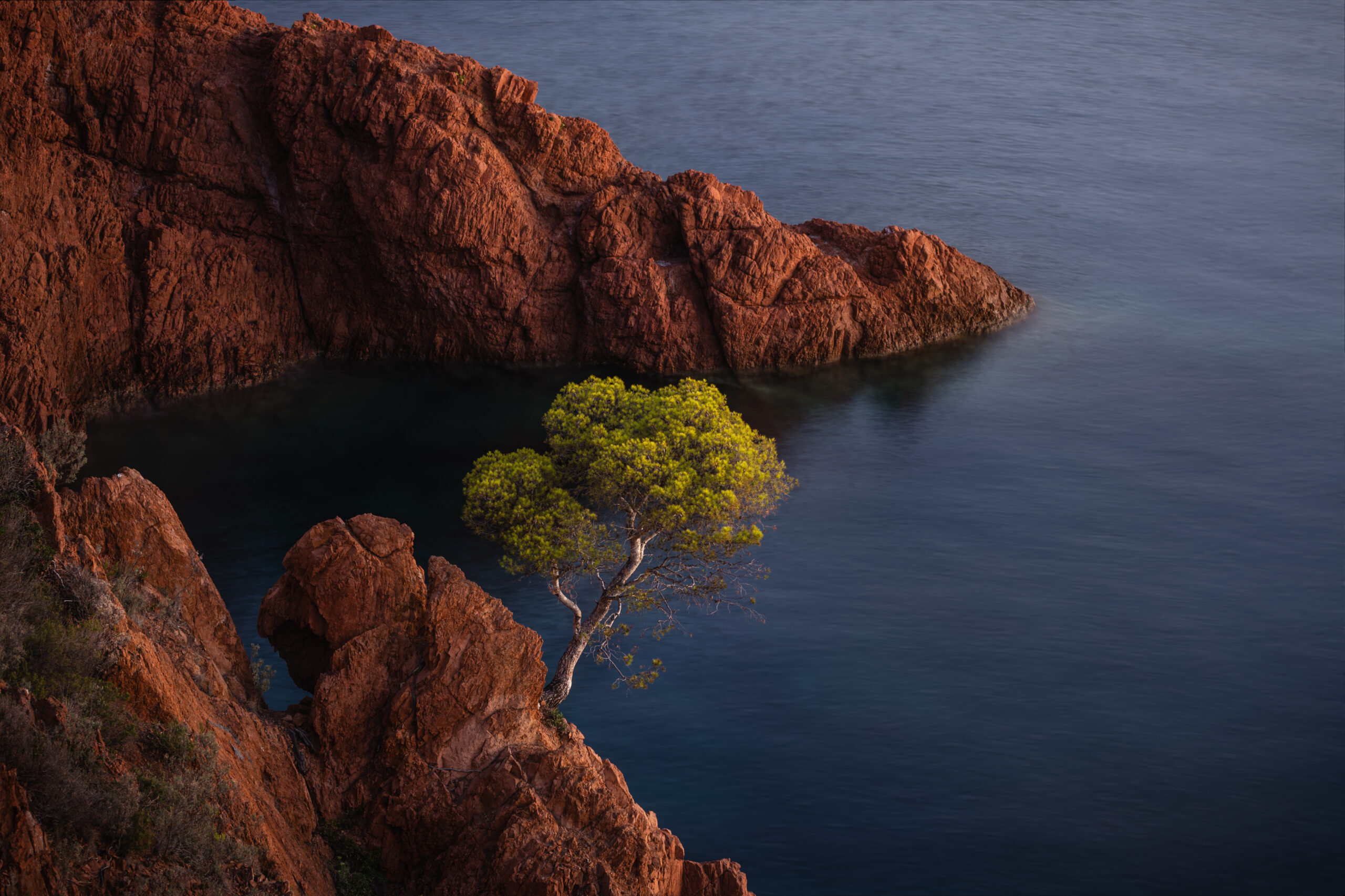
I hope you can now look at your photos more objectively and find a workflow for yourself on how you can use these aspects and criteria to filter out your best images from your catalog of possibly thousands of images. Feel free to comment below the video on what in particular has now become clearer, or whether you are perhaps already using it in a very similar way! Or what other points you are considering! I would be really interested to hear that.
Finally, I’ll give you a brief outline of my workflow for curating photos.
Curating your own landscape images takes time, patience and self-criticism. However, it’s a great way to showcase your best work and develop as a photographer. So give it a try, with friends/acquaintances or other photo enthusiasts, perhaps in a photo club.
Today I have a topic that should be of interest even to very experienced photographers. It’s about evaluating photography, including your own, as objectively as possible. I’ll also give you some tips on curating your own photos for your own photo exhibitions, for example. Have fun watching!
Feel free to share: